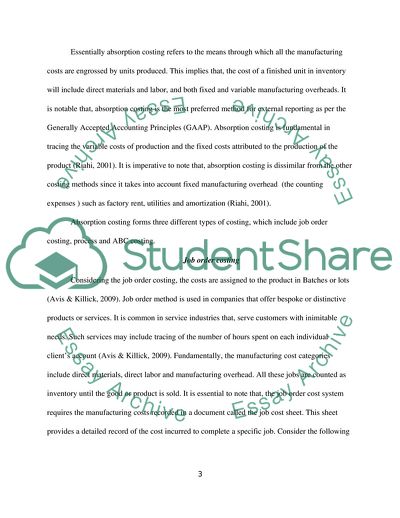Cite this document
(Product Costing Essay Example | Topics and Well Written Essays - 1750 words - 1, n.d.)
Product Costing Essay Example | Topics and Well Written Essays - 1750 words - 1. https://studentshare.org/finance-accounting/1791539-product-costing
Product Costing Essay Example | Topics and Well Written Essays - 1750 words - 1. https://studentshare.org/finance-accounting/1791539-product-costing
(Product Costing Essay Example | Topics and Well Written Essays - 1750 Words - 1)
Product Costing Essay Example | Topics and Well Written Essays - 1750 Words - 1. https://studentshare.org/finance-accounting/1791539-product-costing.
Product Costing Essay Example | Topics and Well Written Essays - 1750 Words - 1. https://studentshare.org/finance-accounting/1791539-product-costing.
“Product Costing Essay Example | Topics and Well Written Essays - 1750 Words - 1”. https://studentshare.org/finance-accounting/1791539-product-costing.


